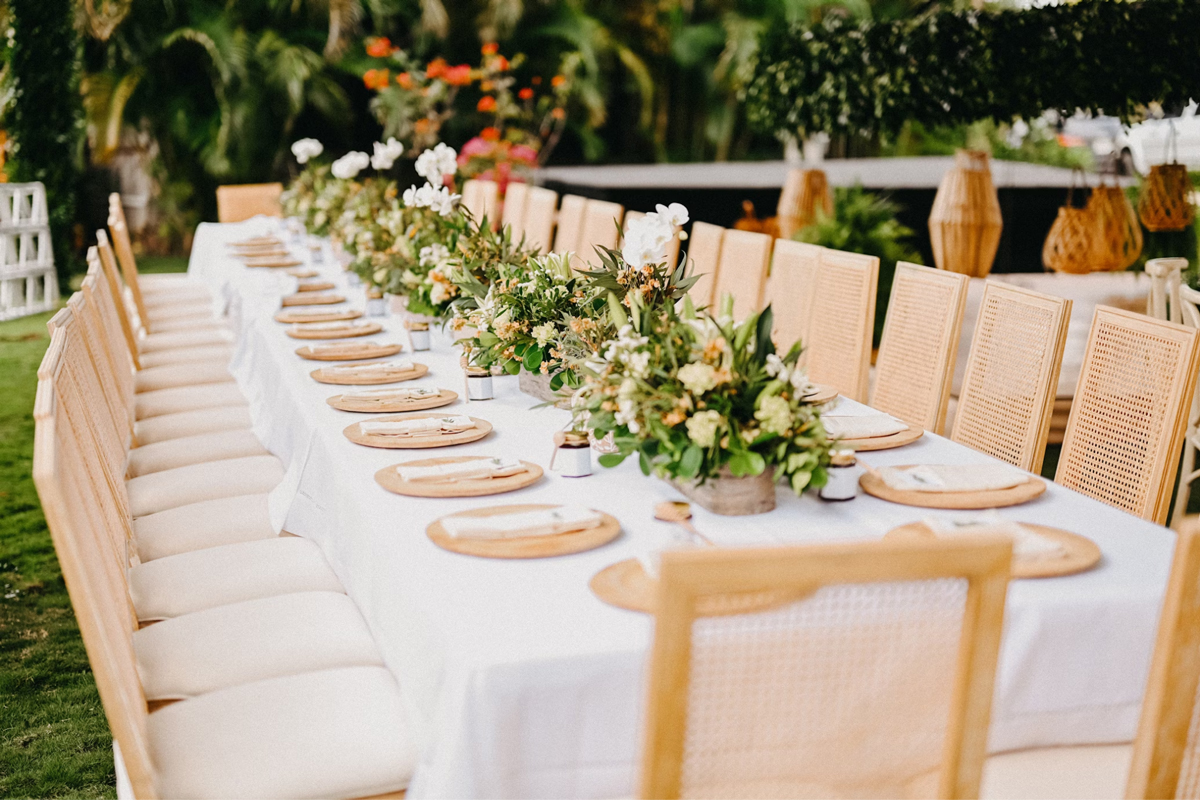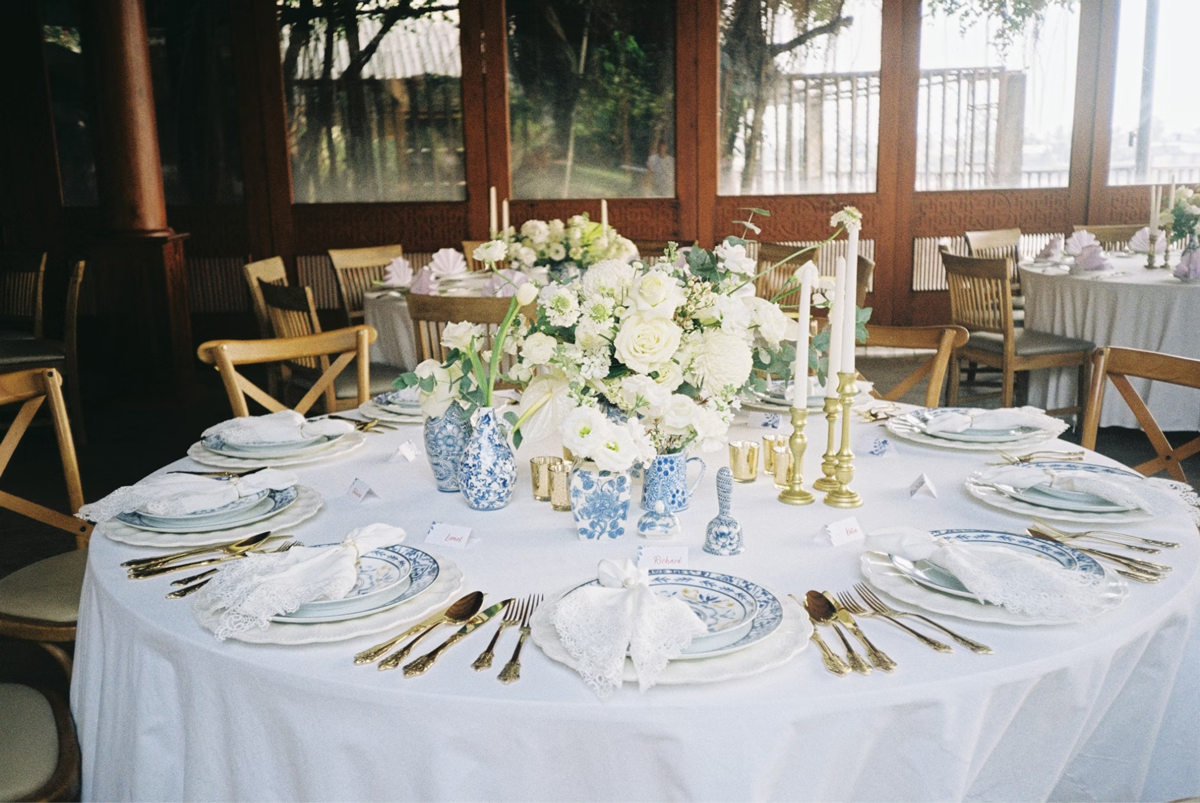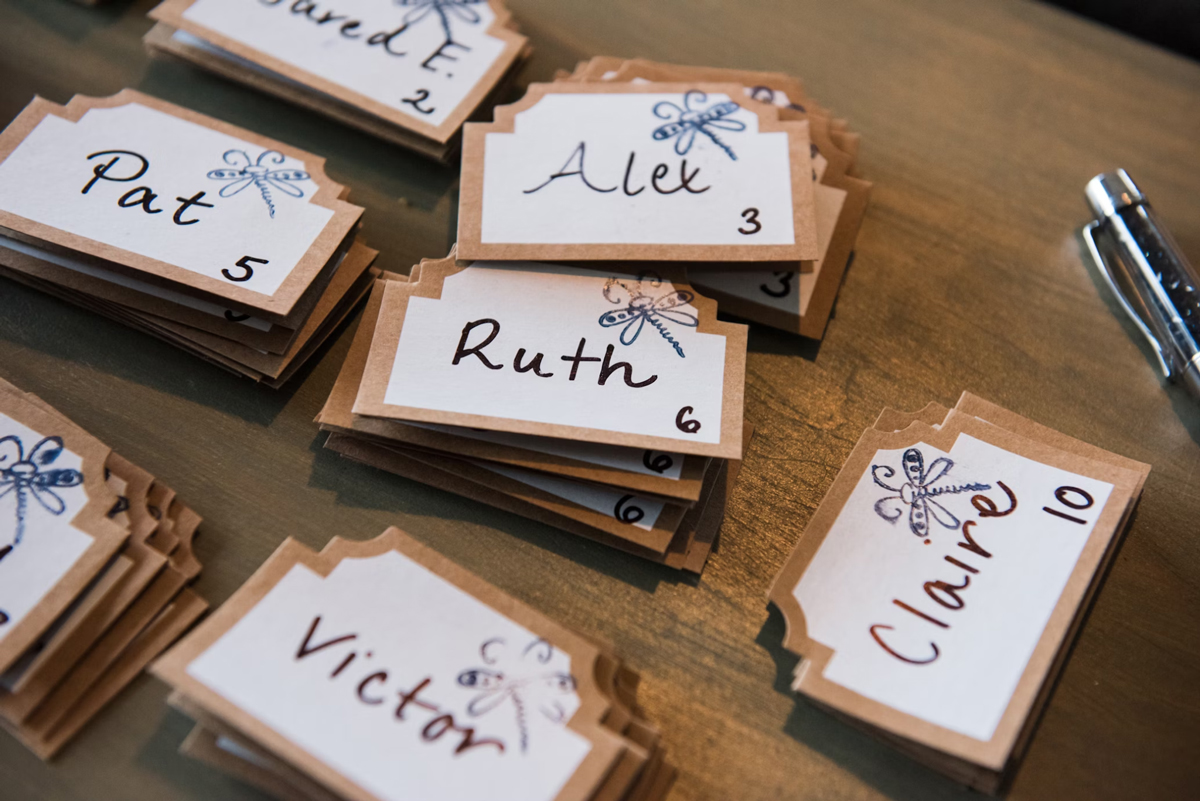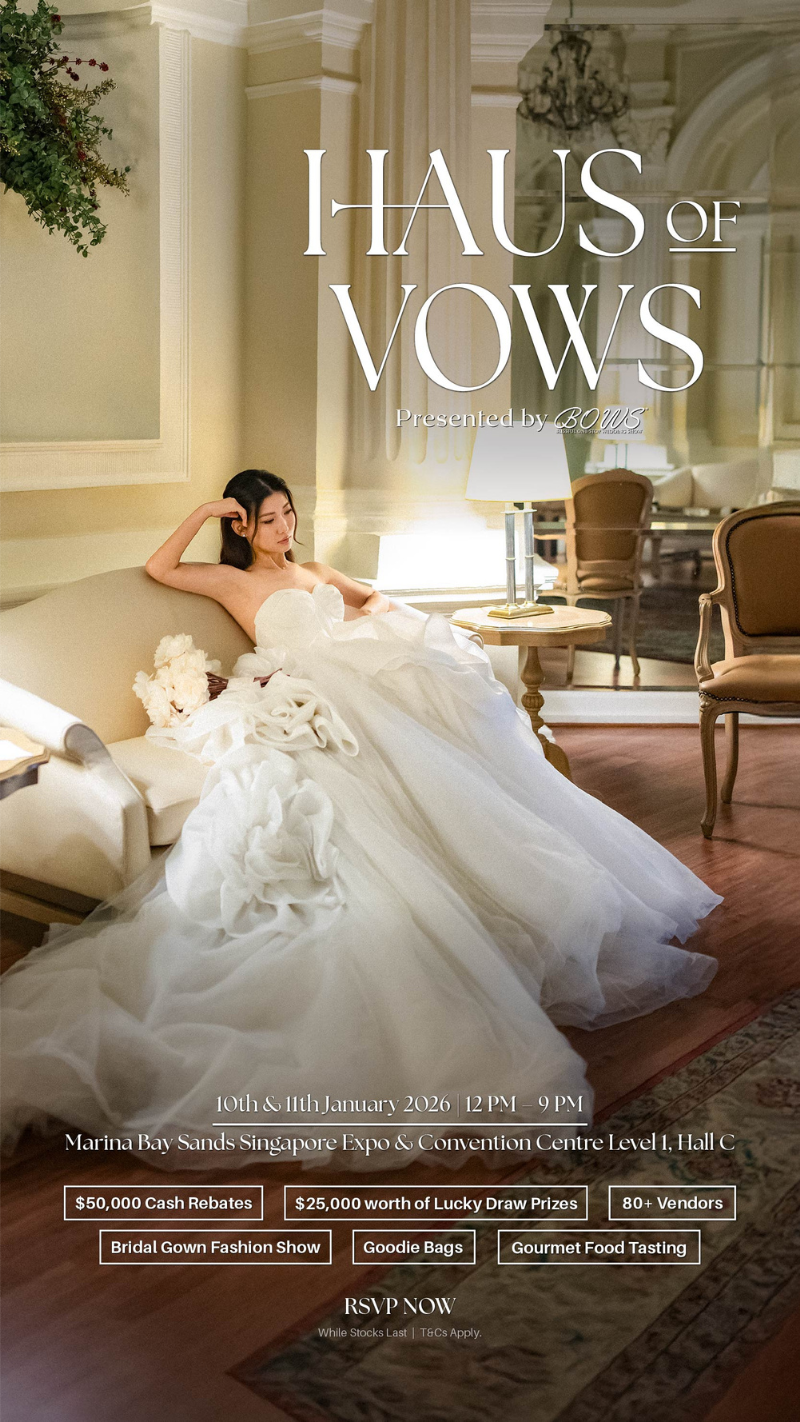The Biggest Wedding Seating Chart Mistakes To Avoid
2025-09-26

Creating a seating chart may not be the most glamorous part of wedding planning, but it can make all the difference in ensuring your guests feel comfortable and welcome. Whether you’re planning a lavish hotel buffet-style Chinese wedding banquet or a cosy event-space wedding for Malay couples, having a seating arrangement can help prevent awkward scrambles for seats. It also ensures elderly guests, families with young children, and VIPs all have a spot where they’ll feel at ease.
Some couples choose to skip the seating chart, thinking it might be too rigid or unnecessary. But without one, you risk guests feeling lost, ending up far from people they know, or, worse, awkwardly squeezed into corners. A well-thought-out chart can encourage conversation, foster connections between families, and even save you from last-minute seating chaos.
Common Seating Chart Pitfalls to Watch Out For

From timing and table layout to guest dynamics and cultural considerations, several mistakes can disrupt the flow of your wedding. Here are the biggest pitfalls to avoid so everyone can enjoy your celebration without awkwardness or stress:
1. Leaving It Too Late
Procrastination is one of the biggest pitfalls. Your guest list may change right up until the week of the wedding, but starting your seating plan early gives you more flexibility to adapt. Waiting until the last minute means you’ll be making rushed decisions without considering personalities, relationships, or accessibility needs.
Aim to draft your chart as soon as your RSVPs start coming in. This way, you can create a rough arrangement and tweak it as changes arise, rather than trying to start from scratch at the eleventh hour.
2. Ignoring Guest Dynamics
Weddings are joyful, but not every guest gets along. Seating people together without considering past conflicts or personality clashes can make for a tense evening. Likewise, separating couples or best friends unnecessarily can dampen the mood.
Talk to your family and close friends to understand any sensitive dynamics. While you don’t have to orchestrate every conversation, avoiding obvious awkward pairings shows thoughtfulness and care.
3. Overcrowding Tables
Squeezing too many guests onto a table may seem like a space-saving move, but it can make dining uncomfortable. People need elbow room, especially if the meal involves large sharing platters, as is common in a Chinese wedding banquet.
Check the seating capacity of your tables and stick to it. If your venue offers both round and rectangular tables, discuss arrangements with your planner to ensure each guest has enough space to eat, chat, and enjoy themselves without feeling cramped.
4. Forgetting About Accessibility
Accessibility goes beyond wheelchair access. Consider seating elderly relatives close to restrooms, away from loudspeakers, and with a clear view of the stage. Parents with toddlers may appreciate being near exits for quick breaks.
By anticipating these needs, you’ll create a more inclusive environment where everyone can enjoy the celebration without unnecessary stress.
5. Not Coordinating with Your Venue Layout
Even the most carefully planned seating chart can go awry if it doesn’t match your actual floor plan. Some tables may be closer to the stage or dance floor, while others might be tucked away. In Singapore outdoor wedding venues, for example, you’ll also need to think about shade, fan placement, or shelter in case of rain.
Work closely with your coordinator or planner to match your seating chart with the real-world layout. Walk through the space beforehand if possible, so you can visualise guest flow and make adjustments.
6. Isolating Solo Guests
Nobody enjoys feeling like the odd one out. If you have guests attending alone, avoid seating them at a table full of couples who all know each other. Instead, mix solo guests with people they might connect with, perhaps friends of friends, colleagues with similar interests, or relatives close to their age.
This can make your wedding feel more welcoming and help spark new friendships among guests.
7. Ignoring the Flow of Events
If your wedding includes speeches, performances, or games, consider how your seating arrangement will affect visibility and participation. Guests at the back or off to the side might miss out on key moments if they’re too far away.
For banquet-style weddings, it’s often best to seat important family members and close friends near the stage. In casual receptions, you might place interactive games or activities near tables with younger guests to keep the energy up.
8. Overlooking Cultural Nuances
Different cultures have different expectations for seating arrangements. At a traditional Chinese wedding banquet, for instance, immediate family members are usually seated at the main table with the couple. For Malay weddings, family elders often have a designated spot of honour, and it’s polite to ensure they’re served first.
Understanding these customs not only avoids awkwardness but also shows respect for your families and traditions. Many Singapore wedding vendors can advise on the nuances that match your cultural background.
9. Forgetting to Label Dietary Requirements
While the seating chart focuses on where people sit, it also helps caterers identify who needs vegetarian, halal, or allergy-friendly meals. If the servers don’t know who’s who, it can lead to delays or mix-ups during service.
Clearly mark these details on your chart or provide your caterer with a copy so they can serve each guest confidently and accurately.
10. Not Considering the Role of Friends in the Celebration
Your seating plan is also a chance to acknowledge special people in your lives. This doesn’t just mean the bridal party. You might have friend-inspired roles beyond bridesmaids and groomsmen, such as a mate who’s helping with music or another who’s acting as the emcee. Giving them a good view of the action can make their role easier and more fun.
11. Making It Too Complicated for Guests
While it’s tempting to create an elaborate, artistic seating display, make sure it’s easy for guests to read. Overly fancy fonts, tiny text, or confusing table numbers can slow down seating and cause bottlenecks at the entrance.
Opt for a clear and straightforward design that matches your wedding theme but prioritises readability. Alphabetical lists with corresponding table numbers often work best.
12. Not Planning for Last-Minute Changes
No matter how well you plan, there’s always a chance that a guest will cancel at the last minute, or that someone will bring an unexpected plus-one. Without a backup plan, you’ll be scrambling to make adjustments on the spot.
Keep a couple of extra seats available and leave some flexibility in your arrangement so you can make changes without stress. Your venue or planner can help you with quick solutions, such as moving place cards or adjusting table sizes.
A Thoughtful Seating Chart Makes for a Happier Celebration

A wedding is one of the few times all your loved ones gather in one place, and where they sit can shape their entire experience. By avoiding these common mistakes, you’ll create an environment where guests can relax, connect, and fully enjoy your big day.
Planning your seating chart doesn’t have to be a chore. With the right approach, it can be one of the most thoughtful touches you add to your celebration. Blissful Brides can connect you with experienced planners, venues, and vendors who understand the nuances of guest arrangements and event flow. Get a quote today and make your wedding as smooth and joyful as possible.










